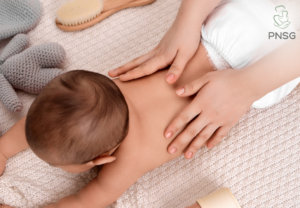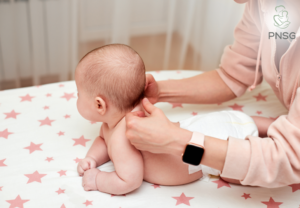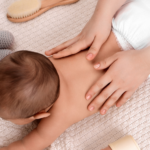7 Gambas Crescent, #09-09, Ark@Gambas, Singapore 757087 ♦ Reservation : +65 6417 9690
Stages of Pregnancy: Month by Month
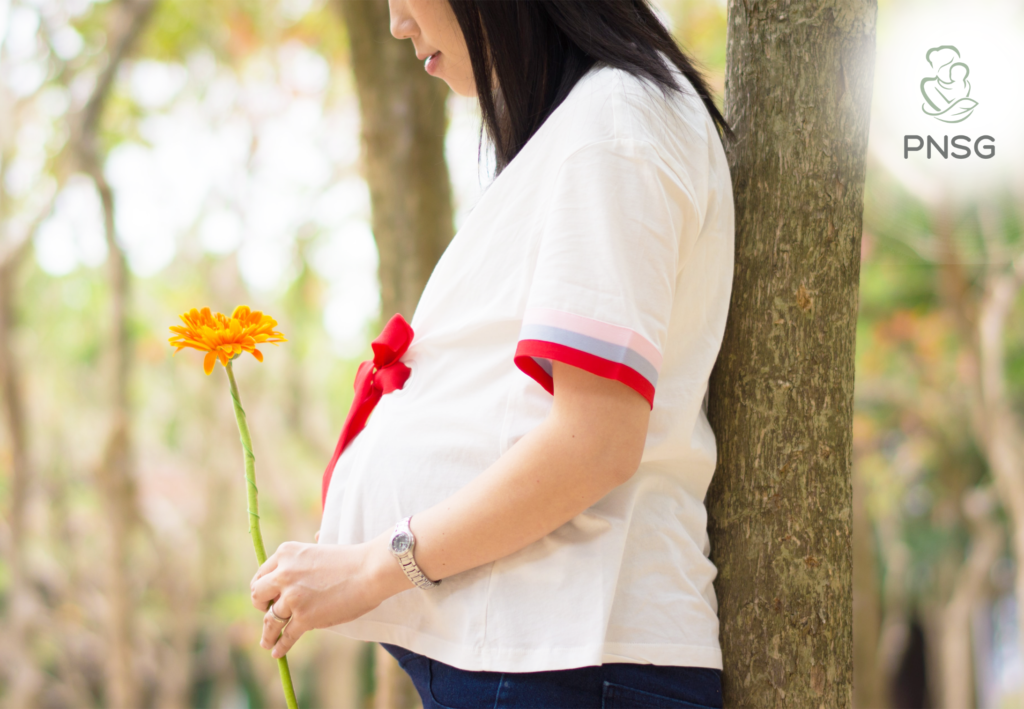
We all know that pregnancy is such a miracle, with a woman’s body changing to grow a new life in her and accommodating to those changes. With organs moving and getting reorganised to make room for the little one inside, it certainly can be a difficult, challenging, and uncomfortable period. But do you know what actually happens in the body and how the foetus develops throughout the months? Well, you’re about to find out.
Divided into three trimesters, it takes about 40 weeks for a complete pregnancy journey, but it can be earlier or later.
First Trimester
The first trimester is roughly the first three months of pregnancy, the early stages.
Month 1
As it is still very early into the pregnancy, many women don’t actually realise that they’re pregnant at this stage, perhaps only noticing that they’re late on their period.
This is when the placenta develops and the fertilised egg grows to become an amniotic sac. By the end of the first month, your baby is still a tiny blob that’s developing organs like the hearts, lungs, and brain.
Month 2
In the second month, that tiny blob has doubled in size, has a functioning heart, and is developing other organs like the digestive tract and sensory organs, moving on from an embryo to an official foetus.
Month 3
The foetus is looking more like a human, but you probably don’t really feel it yet. By the end of the month, the foetus is fully formed and its functional systems continue to develop. At this point, the chances of a miscarriage are lower.
Second Trimester
After three months, the morning sickness period is over or about to end, and many discomforts that come from early pregnancy have slowly gone away. You start to feel movements and can find out the gender of your baby.
Month 4
The presence of the foetus can be felt, with the baby able to swallow, move, and produce urine. Physical attributes and features are more defined, and the nervous system starts to function. You’ll be able to hear the foetus’ heartbeat with an equipment called the doppler, and find out the gender with ultrasound.
Month 5
During this month, the foetus movements are more obvious as it has developed muscles and is using them. Hair starts to grow on the head, shoulders, back, and temples, which protects the foetus. A white coating called vernix caseosa covers the foetus’ skin around this time, believed to be a form of protective layer from long exposure to amniotic fluid. It is shed right before it is time for birth.
Month 6
The foetus has translucent, wrinkled skin, and veins can be seen through it. It can also respond to sounds and movement is even more obviously felt at this stage. If you haven’t really felt movement before this, you definitely will now. Premature babies who are born towards the end of this month may survive under intensive care.
Month 7
As the foetus continues to mature, it develops fat reserves in the body and hearing is fully developed. The foetus will change position and stretch frequently as it responds to physical stimuli, which can be uncomfortable and may even hurt.
Third Trimester
Reaching the third and final trimester, your doctor will closely monitor you as you approach your due date. Although it is commonly believed that pregnancy lasts 9 months, sometimes women can enter the 10th month or go past their due dates by a week or two. If it goes on for too long, your doctor might suggest inducing labour.
Month 8
The foetus continues developing fat reserves. It is double the weight of the previous month and is more active, kicking and moving a lot. Most of the internal systems are fully developed now, but some organs continue to develop, such as the brain and lungs. The foetus may start to turn upside down.
Month 9
About fully developed at this point, the foetus continues to mature and has reflexes, able to blink, grasp, turn its head, and respond to stimuli.
Month 10
At this point, you may go into labour at any time. There is not much room in your belly for the foetus to move, so movement may be less. When the foetus is ready, it will turn upside down and drop to the pelvis, indicating that it is time for birth.
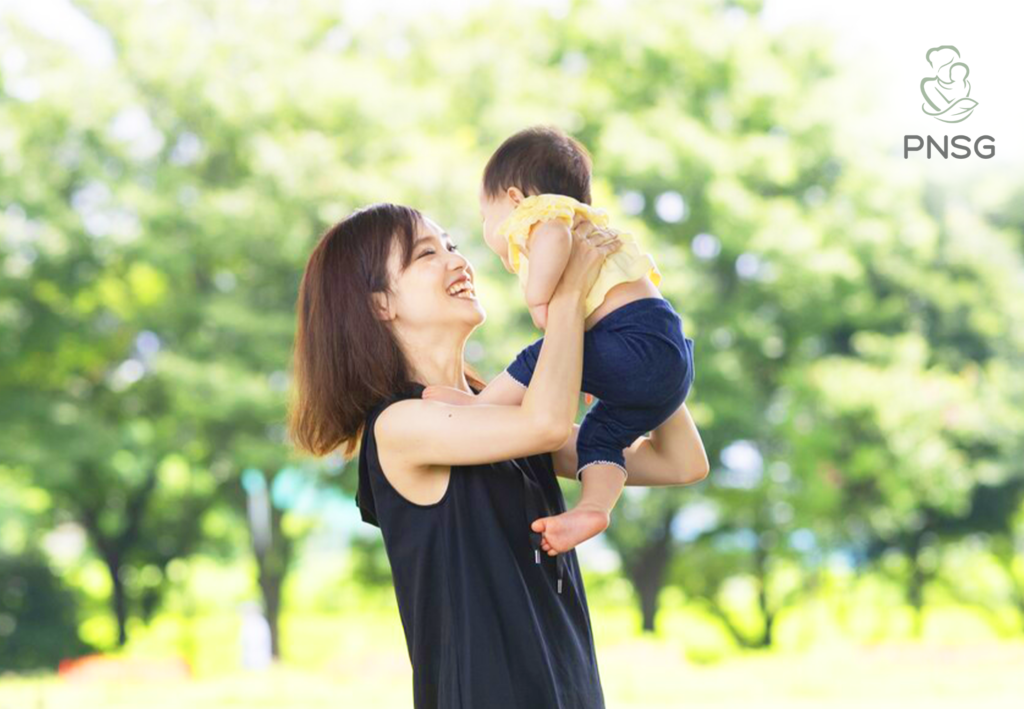
Being pregnant is not easy. Which is why efforts to make it more comfortable include relaxing things like getting a massage while pregnant or a back massage while pregnant. This is because the benefits of massage during pregnancy are plenty, including relieving aches and swelling, boosting blood flow, and supporting mental health. Now that you know the benefits of massage during pregnancy, you should check us out here at PNSG to learn about our services.



